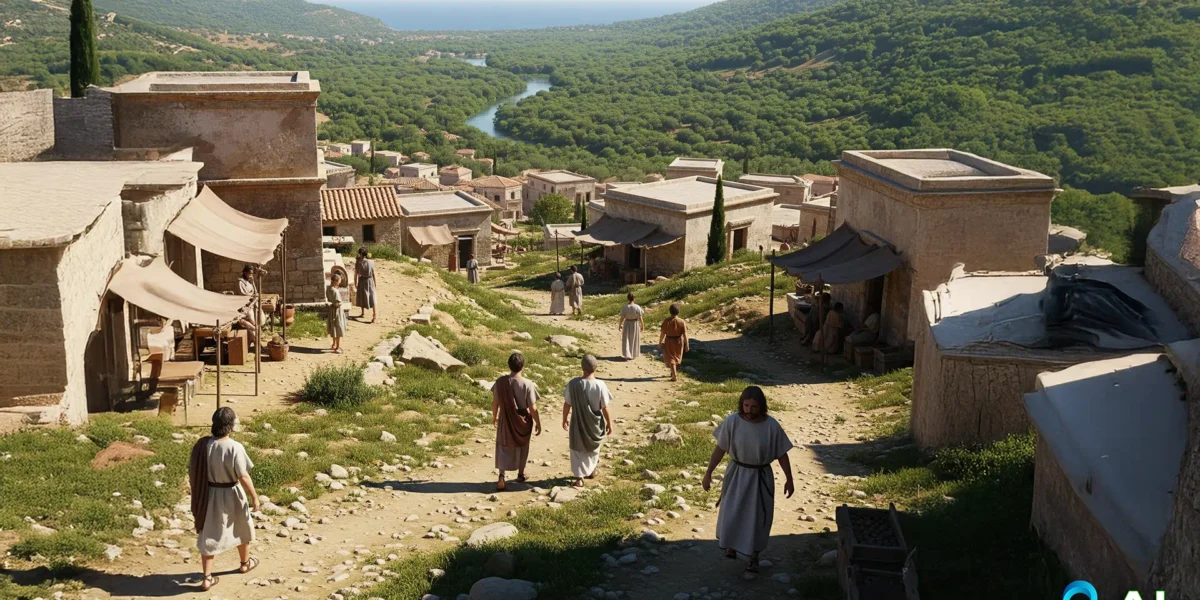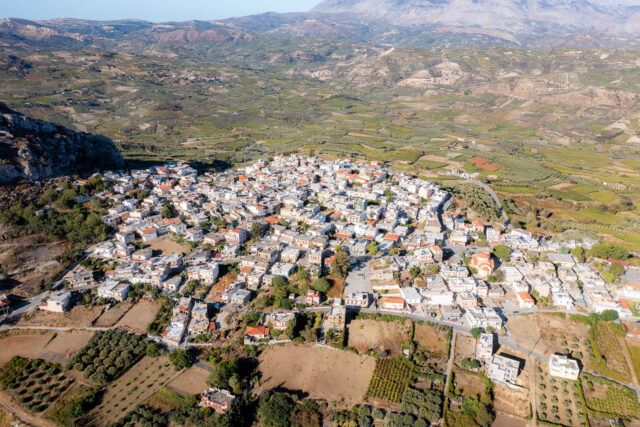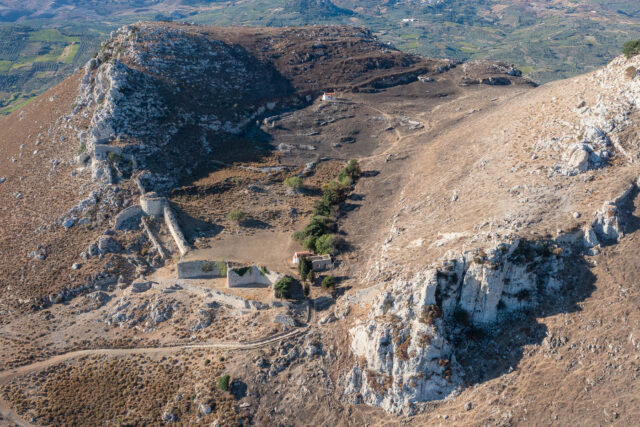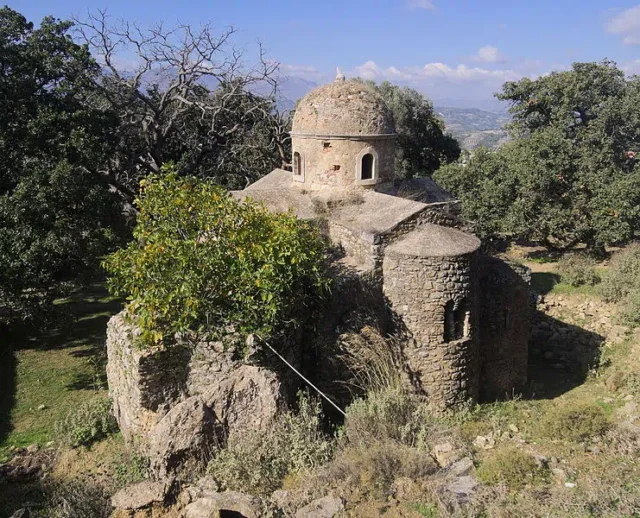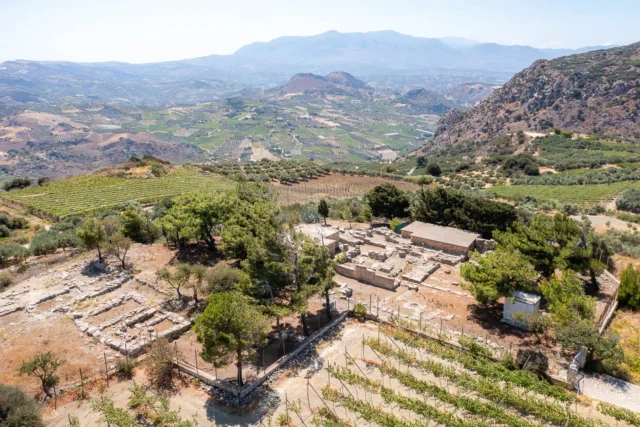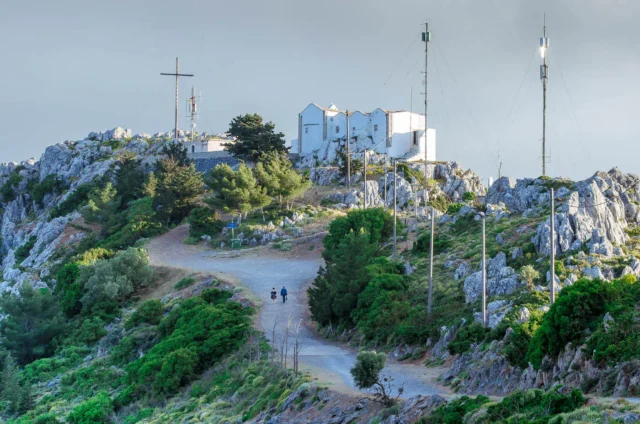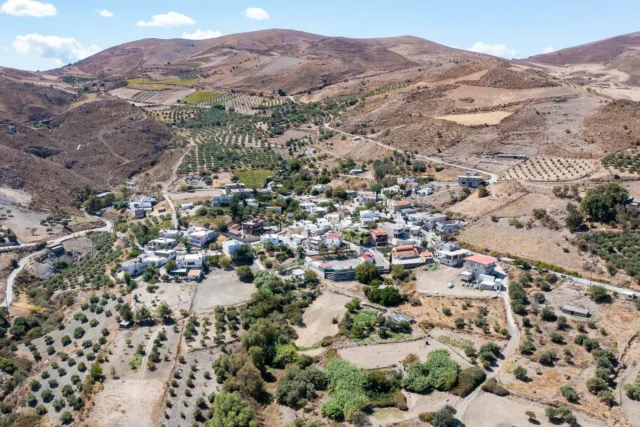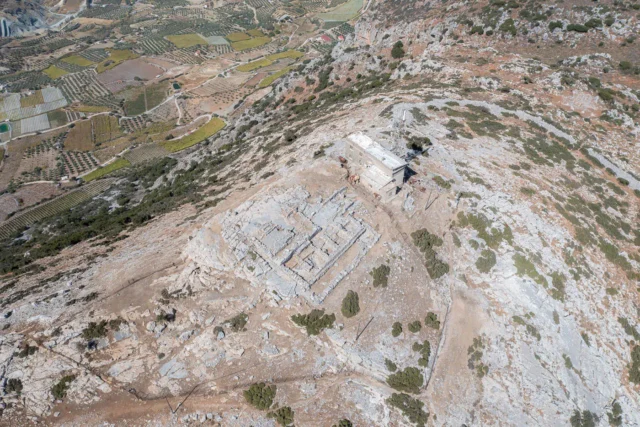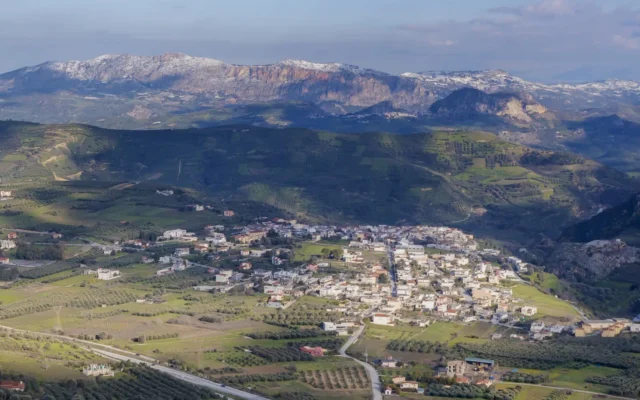Lykastos (Ancient Greek: ) was an ancient city in Crete, Greece. Its location is identified at the site of Vitsilia, near the modern village of Profitis Ilias in the Heraklion regional unit. The city is known primarily from ancient literary sources, as no significant architectural remains have been discovered at the site.
Historical Overview
Lykastos is first mentioned in Homer’s Iliad, specifically in the Catalogue of Ships, which lists it among the Cretan cities that sent forces to participate in the Trojan War. According to the 6th-century AD geographer Stephanus of Byzantium, the city’s name was derived from its founder, Lykastos, a mythological son of King Minos. The inhabitants of the city were referred to as Lykastioi ().
In later historical periods, Lykastos was subjugated and destroyed by its powerful neighbor, the city-state of Knossos, an event noted by the geographer Strabo. Following its destruction, the territory formerly controlled by Lykastos became a point of contention between other major Cretan powers. The historian Polybius records that the Gortynians seized the Lykastian district from Knossos and subsequently granted it to the town of Rhaukos.
By the 2nd century BCE, Rome had begun to exert influence over Cretan affairs. In 185 BCE, the Roman consular Appius intervened in a territorial dispute and divided the former lands of Lykastos. A portion known as the Lykastion was assigned to Knossos, while the remaining district, referred to as the Diatonion, was given to the city of Lyktos. This act illustrates the city’s complete loss of independence and its absorption by its neighbors.
Location
The site of ancient Lykastos is situated at Vitsilia, a location near the modern village of Profitis Ilias. The identification is based on the descriptions in ancient texts and the geographical relationship to other known ancient cities such as Knossos and Rhaukos. There are no visible ruins or excavated structures at the site to confirm its layout or extent. The historical territory of Lykastos included the area known as Diatonion, which may have been a suburb or a dependent settlement before its territory was divided.
Key Points
- Construction Period: The city existed from at least the Late Bronze Age (ca. 13th century BCE), as indicated by its mention in the Iliad, through the Archaic and Classical periods, until its destruction and territorial division during the Hellenistic era (ca. 3rd-2nd century BCE).
- Location: Near Profitis Ilias, Heraklion, Crete, Greece.
- Dimensions: Unknown. No visible architectural remains have been found, so the city’s size and layout cannot be determined.
- Historical Significance:
- Listed in Homer’s Iliad as a Cretan participant in the Trojan War.
- Its history provides an example of the political struggles and shifting alliances between the powerful city-states of Knossos, Gortys, and Lyktos in Hellenistic Crete.
- The Roman intervention in the division of its territory in 185 BCE is a specific instance of early Roman arbitration in Cretan internal affairs.
- Current Status: Its identity is based on literary sources and topographical analysis.

